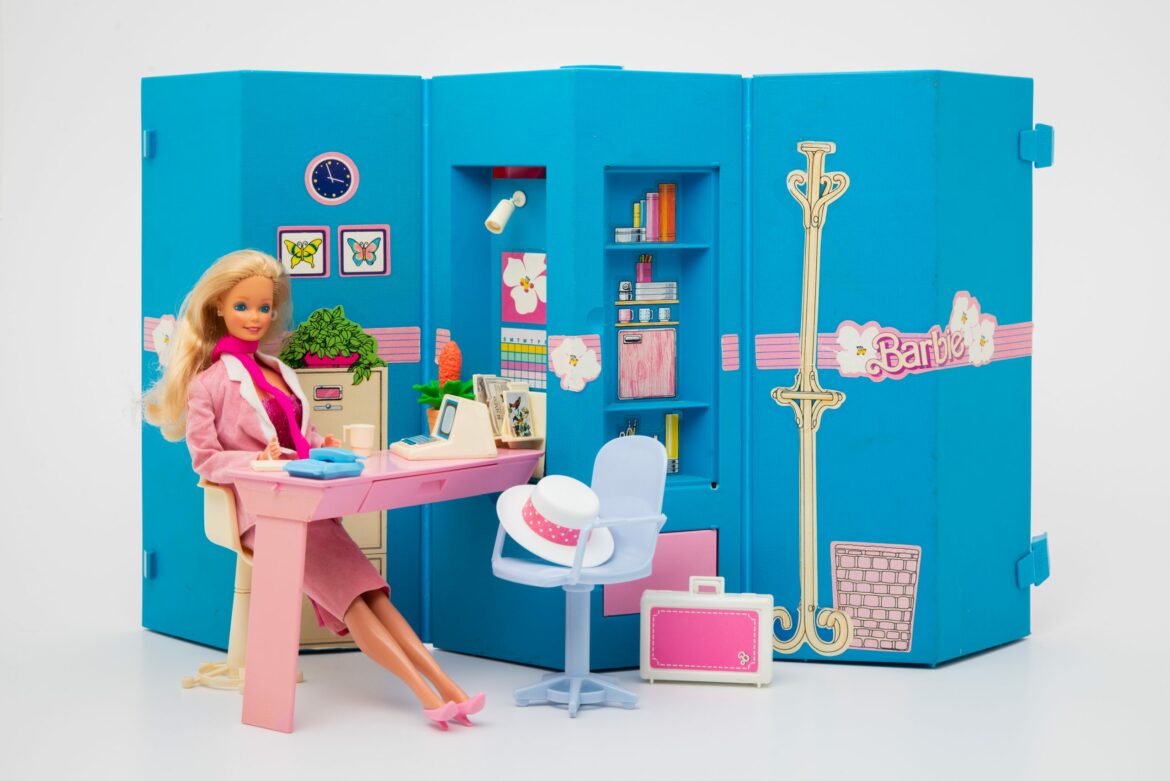The Museum of Applied Arts at the Royal Castle in Poznan, a branch of the Poznan National Museum, opened the exhibition ‘Barbie – unknown faces’, showing rarely discussed motifs from over sixty years of the ‘life’ of the world’s most famous doll. The exhibition allows us to trace the way women have been perceived over the last few decades.
The world’s most famous doll has now turned 64. Her various incarnations give us an insight into the social changes taking place in the individual decades of the 20th and 21st centuries. Of course, this is particularly true of American society, though not exclusively. The dolls reflect often turbulent and controversial phenomena, such as racism, age discrimination or exclusion caused by disability.
Among other things, the exhibition attempts to answer the questions: does Barbie deserve to be called a dumb blonde and why does she still have to fight for the right to be a surgeoness both in her professional life and in a dictionary.
Viewed as a cultural phenomenon, Barbie provokes questions about the position of women in the modern world. Is the doll the embodiment of an ideal of beauty? Are the roles she adopts really a reflection of women’s participation and position in the reality around us? What activities does Barbie still have to do?
The exhibition also raises important social issues: the question of racism, exclusion on the basis of illness, disability, gender or age. It is also a story about culture, about the ideas of the last few decades that Barbie reflected and sometimes even created, and about the events in which she participated. It also attempts to answer the question of her chances of becoming the first female president of the United States.
The artefacts presented at the Poznan Museum, produced by Mattel, originate from the private collections of Teresa Iwańczuk, Paulina Jarysz, Izabela Kłos and Grzegorz Zdzieborski.
Arkadiusz Słomczyński





